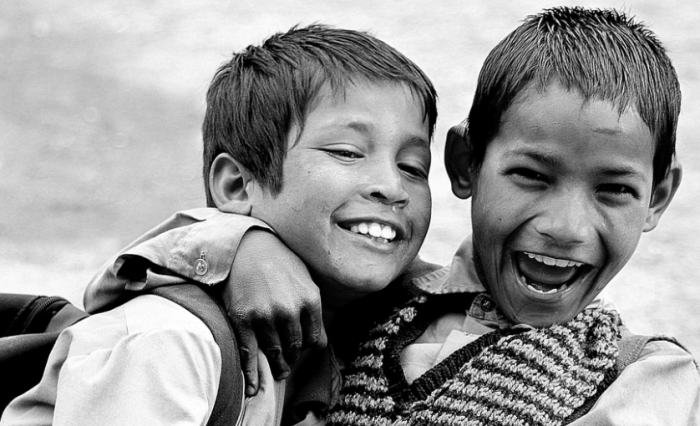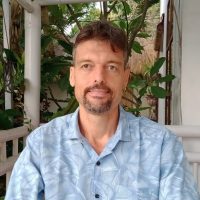~
Have you ever walked in a city in the late afternoon, and spotted young children spilling out of school gates?
Did you not then stop to enjoy the spectacle?
There is such joy on their little faces, such gaiety in their laughter, and such sheer, infectious delight in living in the moment. Free once again, they are abuzz with energy and enthusiasm.
As COVID-19 restrictions in parts of the world ease, friends have shared how they, too, are experiencing a childlike joy at renewed freedom, visceral happiness at pleasurable things hitherto taken for granted, such as a meal in a reopened restaurant, or a small festive gathering.
After many months with, for most of us, their share of gloom, such moments gladden the heart and uplift the spirit.
Even here in the relative “bubble” of Bali, which has been spared the worst of the virus and harsh restrictions, life has not been just a breeze. I feel the struggle of the locals, deprived of tourism-related income, and I have faced doubt and insecurity in the face of an uncertain future.
And yet, when I rise in the early hours and walk to the top of a mountain to see the dawn, I feel lighter with every step, and the exertion, exhilaration, and nature around me fill me with blissful content. I find myself obeying William Blake’s injunction to kiss joy as it flies, and all preoccupations seem far less solid, or even real, than before.
All of this reminds me of a great lesson I truly took to heart years ago when I read about “The Rwandan Prescription” for depression, which was short and concise:
“Sun, Drum, Dance, Community.”
Immediately after the genocide, Rwanda had been visited by a number of Western health workers, but their presence had by no means been unequivocally beneficial. One Rwandan explained: “They would take people one at a time into these dingy little rooms, and have them sit around for an hour or so and talk about bad things that had happened to them. We had to ask them to leave.”
Now, even a child could grasp the idea that expressing joy and enjoying companionship might be a remedy for sadness. In contrast, the adult, educated mind is reticent to settle for such a proposition. “It’s not quite that simple,” it objects. “It depends on the nature and depth of the trauma.”
But, what if it truly was that simple?
What if engaging in joyful activities that induce happy feelings and physical well-being, while being held and supported by a close community, was enough to gradually draw people back up from the darkest depths of pain and grief?
Most would agree that the physical body has an innate wisdom that it relies upon to heal all manner of ailments and injuries. We don’t need to teach the body anything. At best, we can only assist it during the healing process. Some healing traditions hold that the thoughts and feelings we have stored away from an emotional body—an energy field within us or within our consciousness, which also has innate healing mechanisms—enables us to know how to heal.
Were we to trust its intuitive promptings, and not interfere, might we not feel our way into the therapy we need?
Some years ago, on the Camino de Santiago, I met a young woman walking alone. Sociable and talkative, she confided in me that she was on sick leave.
“I’m not right in my mind right now,” she explained, “But I just need a break from the counseling. I need to take my life into my own hands, greet each day as fresh and new, and welcome the unexpected.”
The Rwandans found their therapists were making them more miserable, and this girl decided her sessions were sapping her vitality. In both cases, the “patients” had their own ideas of what was required.
Joy is contagious.
I cannot walk past children at play or just out of school without being hit by a wave of well-being, like a gust of wind. Just as saplings reach for the light, I believe the human spirit is inclined to do the same.
There is a place for facing pain to better process it. But the joy of sharing, dancing, and community uplifts the soul and soothes the heart.
A favorite teacher of mine points out that if joy can assist emotional healing and the return of a sense of peace, peace can, in turn, “bubble over,” and manifest as a song, dancing, laughter; and so much more. His words spoke to me then and they speak to me now: “Joy is peace in action; and peace is joy at rest.”
Perhaps, this is what Blake meant when he spoke of living “in Eternity’s great sunrise.”
~












Read 8 comments and reply